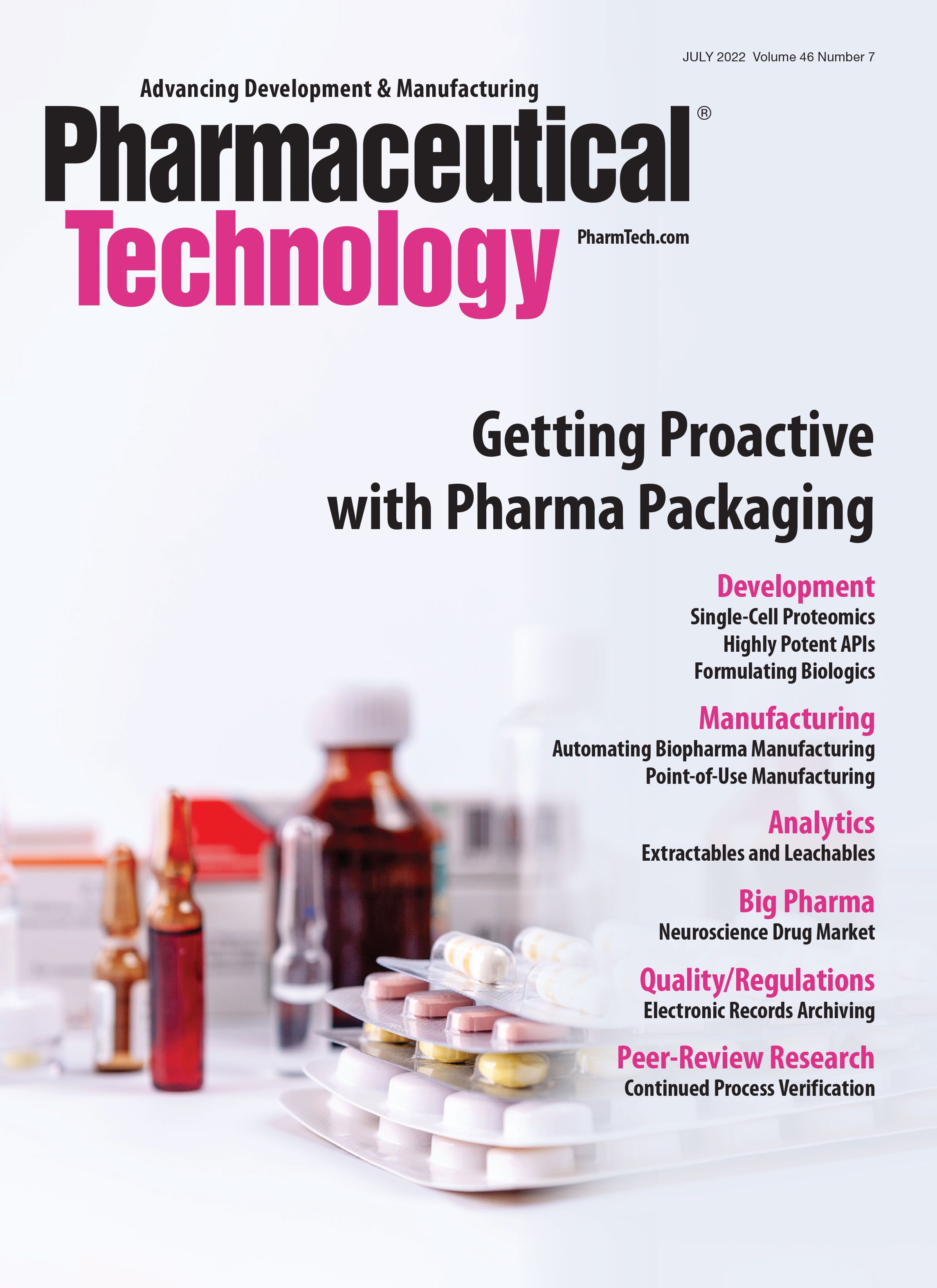Process Development Struggles with Molecular Diversity
As we reach further afield in the molecular universe, we encounter new types of problems to resolve.
Of necessity, we are living in a post Lipinksi rule of 5 world. No one expects traditional approaches will meet future needs. Both small and large molecules, having some form of accelerated designation, are proliferating in the pipeline. Small-molecule drugs suffer longstanding issues with bioavailability and solubility, as key development considerations. As we reach further afield in the molecular universe to overcome these issues, we encounter new types of problems to resolve.
Broader molecular diversity inhibits progress in the sense that diverse groups cannot come to agreement on basic questions of biology, patient safety, and manufacturing guidelines. What is an effective but safe total vector genome dose per kilogram, for example? Or does the percentage of empty capsids hurt or help a therapy?
There is an absorbing observation in a podcast by Nicole Paulk, a professor at the University of California San Francisco, who reflects that one can argue opposite cases from the literature (1), … “empty capsids might be a good thing because they can sop up like a sponge these preexisting neutralizing antibodies against that particular capsid serotype, so that more, full packaged capsids can get to the target tissue to transduce. But then there is also literature that says the more empty capsids that you have, the less potent your vector is, and that these also might be immunogenic, because they might not be perfectly formed capsids, etc. … and they might have their own modifications on them, or be packaging non-desired genomes, such as host cell genomes in which these viruses were made in.” Disagreement on basic biology is going to cause differences in industrial process design decisions. Eventually guidelines will be produced, but until then, their lack will act as a drag on progress in manufacturing. And that is true for all the new molecular chemistries we now confront.
The industry may want to establish a sort of chemical diversity and inclusion training program for process development departments. In sport, the Olympics exhorts us to go “faster, higher, further”. Pharmaceutical sciences may want to consider operating on a “faster, smarter, broader, and more digital” footing.
Reference
Phacilitate, Does AAV Have a Long Term Future? With Nicole Paulk, Phacilitate Talks, Podcast, Phacilitate.com, Sep 12, 2021.
About the author
Chris Spivey is the Editorial Director of Pharmaceutical Techology.
Article details
Pharmaceutical Techology
Volume 46, Number 7
July 2022
Page: 6
Citation
When referring to this article, please cite it as C. Spivey, “Process Development Struggles with Molecular Diversity,” Pharmaceutical Technology 46 (7) 10 (2022).

Drug Solutions Podcast: A Closer Look at mRNA in Oncology and Vaccines
April 30th 2024In this episode fo the Drug Solutions Podcast, etherna’s vice-president of Technology and Innovation, Stefaan De Koker, discusses the merits and challenges of using mRNA as the foundation for therapeutics in oncology as well as for vaccines.
Drug Solutions Podcast: Applying Appropriate Analytics to Drug Development
March 26th 2024In this episode of the Drug Solutions Podcast, Jan Bekker, Vice President of Business Development, Commercial and Technical Operations at BioCina, discusses the latest analytical tools and their applications in the drug development market.
Pharmaceutical Tariffs Are Imminent: How Industry is Bracing for Impact
April 16th 2025On April 14, 2025, the Trump Administration launched a national security-driven investigation into pharmaceuticals, a move that will likely result in tariffs being placed on pharmaceutical drugs, ingredients, and other components that are imported from outside of the United States.